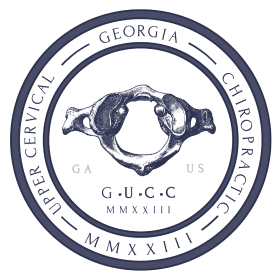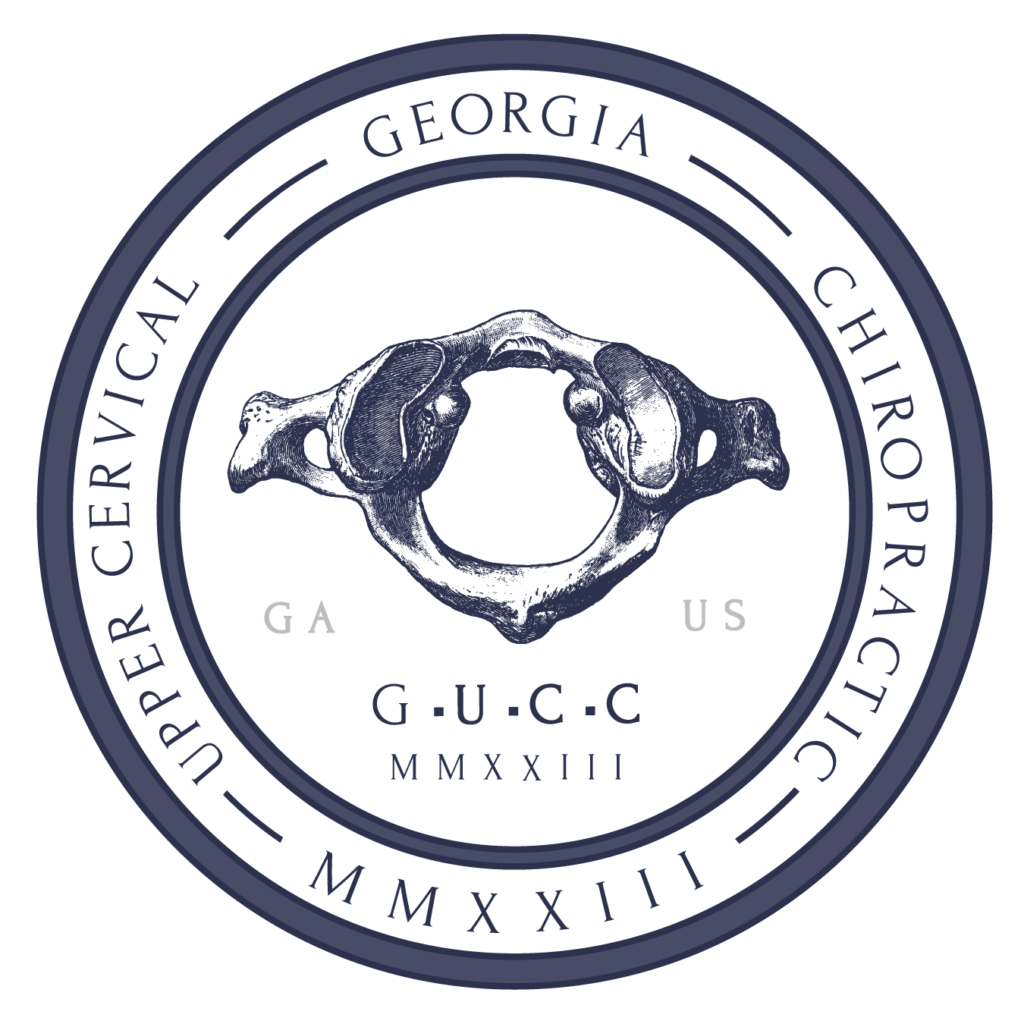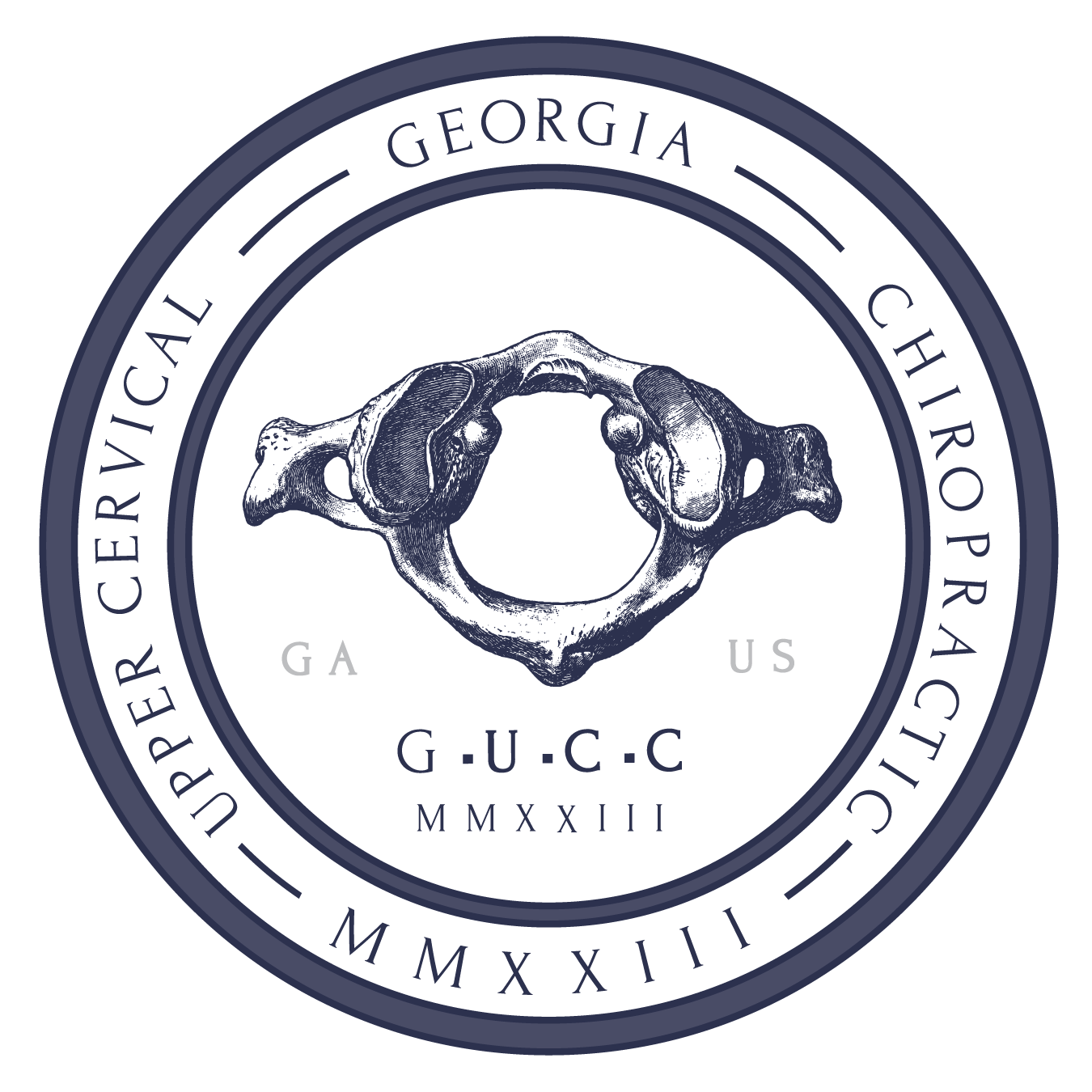Is First Rib Dysfunction Causing Your Shoulder Pain?
First rib dysfunction can be a challenging condition to diagnose, but it may the cause of your persistent neck or shoulder pain. Left untreated, first rib pain can cause a number of complications down the line, including reduced mobility.
In most cases, recommended treatments are simple and non-invasive, especially when you incorporate preventative measures.
What is the First Rib?
The first rib is the uppermost of your 12 ribs. It is considered an atypical rib because of its structure, size, and curvature.
The first rib is shorter than your other ribs, but that doesn’t make it less important. It serves as a connector to the rest of the ribs that protect your thoracic cavity and lower sternum.
Your first rib also serves as an attachment point for both your anterior and middle scalene muscles. These muscles allow you to flex and bend your neck laterally on each side. To feel your first rib, you can press down at the upper trapezoid just behind your clavicle.
A network of nerves and arteries also pass through the curve of your first rib. Patients with dysfunction in the area may not only feel pain in the neck and shoulders — eventually, that dysfunction could cause neurological symptoms, as well.
Symptoms of First Rib Dysfunction
Symptoms of first rib dysfunction typically start in the neck and shoulders, worsening over time.
What does first rib pain feel like? First rib pain can feel like a dull aching or throbbing in the neck or shoulders. Some feel more of a tightness in that area. If left untreated, first rib dysfunction can lead to additional symptoms outside of shoulder and neck pain, including:
- Middle back pain
- Discomfort in the thoracic spine
- Shoulder impingement
- Upper limb pain (arm pain)
- Headaches
- Jaw pain or discomfort
- Trapezius muscle spasms
- Numbness or tingling down the arm
- Decreased range of motion
- Breathing difficulties
- Rotator cuff dysfunction
It’s important to note that first rib dysfunction can mimic other conditions. Costochondritis, for example, is inflammation in the cartilage of your chest. It can radiate to other areas of the body, particularly with overuse injuries.
With true first rib pain, there is typically a joint misalignment some dysfunctionsome of dysfunction at that first rib causing your discomfort. This may result inbe an elevated first rib, stiffness in the surrounding joint, or misalignment at the first rib.
How do I know if my first rib is out? You know your first rib is out of alignment if you experience persistent symptoms in the neck and shoulders, trapezius spasms, jaw pain, even numbness. A primary care physician or therapist can also look for first rib dysfunction by palpating the area.
Causes of First Rib Dysfunction
The most common causes of first rib dysfunction are poor posture and overuse. While it’s still important to treat pain due to these causes, these are not typically life-threatening conditions.
Postural Habits
Poor posture is the most common cause of first rib dysfunction. Slouching with the head and shoulders dropped forward causes that first rib to shift forward along with you. Over time, this can create tightness in the surrounding muscles and pain in the neck and shoulders.
Your sleep posture matters, too. Those who sleep on their stomachs or with their arm overhead no matter the sleep position are more likely to develop dysfunction in the first rib.
Injury
Accidents that result in whiplash or injuries from overuse in the workplace or certain sports are both common causes of first rib dysfunction. People who play golf or tennis are particularly vulnerable to developing an elevated first rib.
Cervical Rib
In addition to the 12 ribs, some people also have a cervical rib, or supernumerary rib. This is an extra “rib” that grows out of your cervical spine, above your first rib. You may never even find out you have one until it starts causing you problems like shoulder pain.
That pain comes from pressure or compression on the surrounding nerves and blood vessels. Conditions like thoracic outlet syndrome (TOS), brachial plexopathy, and nerve damage may also arise because of a cervical rib.
How do I know if I have a cervical rib? You know you have a cervical rib if you’ve had visual confirmation of that extra rib in the form of X-rays, MRIs, or CT scans.
If you’re exhibiting symptoms of cervical rib pain, your doctor may also run a series of tests to look at the damage the extra rib has caused. That may include venograms, nerve conduction studies, or more informal physical assessments.
Thoracic Outlet Syndrome
TOS is a group of disorders caused by pressure or nerve compression in the thoracic outlet. This is the space between your first rib and your collarbone. As mentioned above, anyone born with a cervical rib is at a higher risk for TOS.
That pressure in the thoracic outlet can cause pain and impingement in the surrounding areas, including in and around the first rib. The most common type of TOS is neurogenic TOS (NTOS), which causes compression of the brachial plexus.
Arterial TOS, a compression of the subclavian artery, and venous TOS, compression of the subclavian veins, are much less common but more serious. Both often fall under the umbrella term of vascular TOS.
Treatment Options
In most cases, outcomes for first rib dysfunction and long-term pain relief are good with the appropriate treatment.
What are the treatments for first rib pain? The treatments for first rib pain can vary depending on the root cause of your symptoms. Common treatments include stretching and mobilization exercises, physical therapy, and strengthening work targeting the surrounding muscles.
Make Some Lifestyle Changes
Posture, including sleep position, is the main cause of first rib pain. Minor changes to how you sit, especially for desk workers, can go a long way to long-term pain relief.
Take breaks throughout the day away from your desk. Add stretching into your daily routine.
If you play sports where repetitive use injuries are common, incorporate stretch breaks and strengthening exercises to limit the chance of developing problems with the first rib.
Work on Mobilization
Mobilization works by applying direct pressure to areas of the body affected by pain, tightness, or other dysfunctions. First rib mobilization exercises target the muscles and soft tissue around that first rib.
While self-mobilization is possible, it’s important to work with a physical therapist first to understand the best ways to manage your pain. Otherwise, you may do more damage and add to your recovery time.
Strengthen the Surrounding Muscles
Regular exercise is an important part of keeping any body healthy, but it’s especially important if you’re working through first rib dysfunction. Focus on exercises that work the rotator cuff, lower trapezius, the rhomboids on either side of your spine, and neck muscles.
Weakness in any of those muscles can add to shoulder or neck pain without rib dysfunction, but strengthening those muscle groups can improve your range of motion.
For patients with TOS on top of first rib dysfunction, incorporate TOS exercises that return mobility to the affected area. That can mean exercises that stretch the scapula, or shoulder blade, or chin tucks that stretch the muscles connecting to the cervical spine.
Stretch
Stretching before and after activities that have caused you first rib pain is a good way to prevent further damage and alleviate resulting muscle spasms. Simple shoulder shrugs, shoulder rolls, or the cat-cow pose, a popular yoga maneuver, may offer some relief to that first rib.
Following a session with a physical therapist or chiropractor, you may also want to invest in tools for more intensive at-home stretching. Foam rollers, exercise balls, and resistance bands are all useful ways to strengthen muscles and relieve tension throughout the body.
Explore Surgical Options
If your first rib dysfunction is caused by a cervical rib, some patients may need that first rib removed to support decompression in that area. In cases of severe TOS, a doctor may also recommend a partial first rib resection to free up space between the clavicle and chest wall.
Surgery is an aggressive approach to managing complications from TOS and related conditions. Typically, more conservative treatment methods are recommended.
How Chiropractic Can Help
Gentle chiropractic adjustments can correct joint alignment, restore mobility, and aleviate pain and other symptoms such as numbness and tingling.
We can also work with you on correcting your posture in order to prevent first rib pain, or keep first rib dysfunctions from coming back. If you’re feeling the pinch of first rib dysfunction, contact us today.
Ready to get to the root of your problem with chiropractic care? We’re currently accepting new patients at our Ball Ground and Atlanta/Decatur offices.
Sources
- Schumann, J.A., Sood, T. & Parente, J.J. (2022). Costochondritis. StatPearls. https://www.ncbi.nlm.nih.gov/books/NBK532931/
- de Farias, L. P. G., Menezes, D. C., Faé, I. S., de Arruda, P. H. C., Santos, J. M. & Teles, G. B. (2020. Anatomical variations and congenital anomalies of the ribs revisited by multidetector computed tomography. Radiol Bras, 53(6), 413-418. https://doi.org/10.1590/0100-3984.2019.0131
- Jones, M. R., Prabhakar, A., Viswanath, O., Urits, I., Green, J. B., Kendrick, J. B., Brunk, A. J., Eng, M. R., Orhurhu, V., Cornett, E. M., Kaye, A. D. (2019). Thoracic outlet syndrome: A comprehensive review of pathophysiology, diagnosis, and treatment. Pain and Therapy, 8(1), 5-18. https://doi.org/10.1007/s40122-019-0124-2
- Sorber, R., Weaver, M. L., Canner, J. K., Campbell, B., Iii, J. H. B., Hicks, C. W. & Lum, Y. W. (2021). Specialty mediated 30-day complications in first rib resection for thoracic outlet syndrome. Journal of Surgical Research, 268, 214-220. https://doi.org/10.1016/j.jss.2021.06.058
- Barkhordarian, S. (2007). First rib resection in thoracic outlet syndrome. The Journal of Hand Surgery Am, 32(4), 565-70. https://doi.org/10.1016/j.jhsa.2007.01.018
- Waxenbaum, J.A., Lu, M. (2021). Physiology, Muscle Energy. StatPearls. https://www.ncbi.nlm.nih.gov/books/NBK559029/


